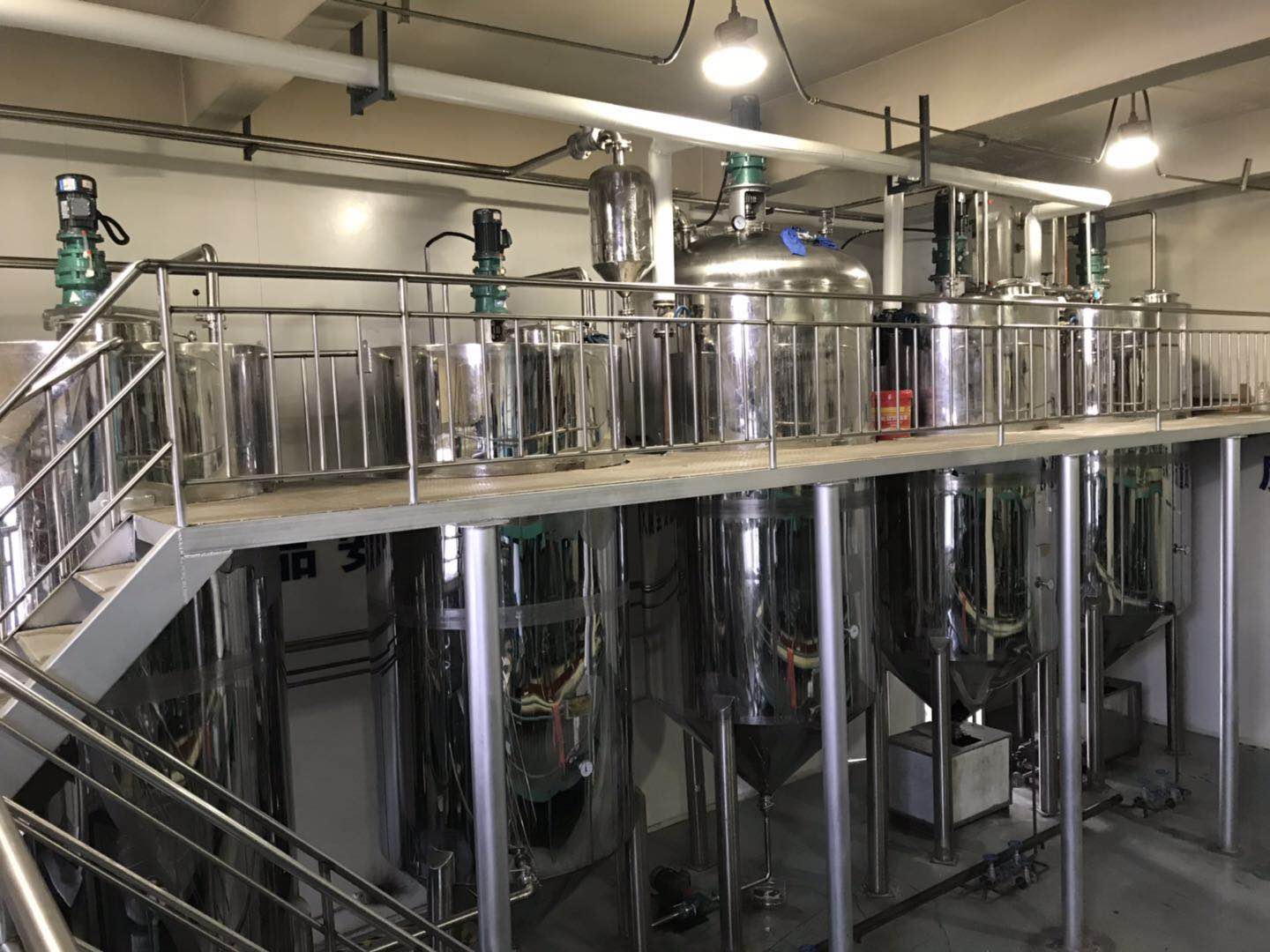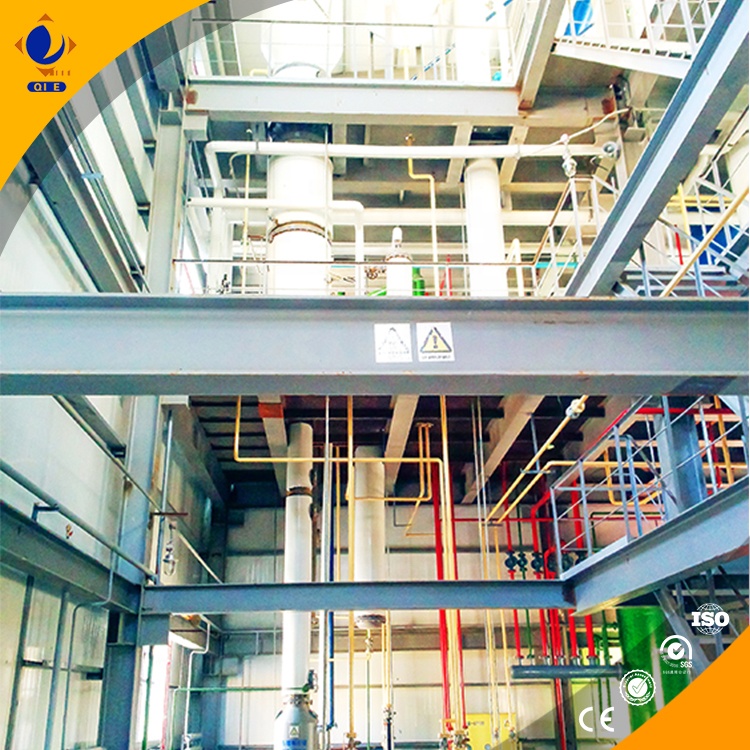
Seed pretreatment is the cornerstone of high - quality sunflower oil production. Drying is the first crucial step. Seeds with a moisture content of around 8 - 10% are ideal for oil extraction. If the moisture is too high, it can lead to lower oil yield and affect the quality of the final product. For instance, in a small - scale farm in Iowa, USA, when they dried their sunflower seeds to 9% moisture content, they saw a 10% increase in oil yield compared to when the moisture was around 15%.
Removing impurities and hulls is equally important. Impurities can cause wear and tear on the equipment and affect the clarity of the oil. By using a simple screening process, you can remove up to 95% of the impurities, ensuring a smoother extraction process.

The key to optimizing the pressing process lies in the perfect combination of pressure, temperature, and time. Pressure is directly related to the oil yield. For small - scale presses, a pressure of 30 - 40 MPa can effectively extract a large amount of oil. When the pressure is too low, the oil yield will be significantly reduced.
Temperature also plays a vital role. A temperature range of 60 - 80°C during pressing can enhance the fluidity of the oil and improve the extraction efficiency. If the temperature is too high, it may cause the oil to oxidize and affect its nutritional value. The pressing time should be adjusted according to the type of seeds and the capacity of the press. Generally, a pressing time of 20 - 30 minutes can achieve a high oil yield.
To ensure the clarity and purity of sunflower oil, a combination of initial filtration and fine filtration is essential. The initial filtration can remove large particles and impurities, while the fine filtration can further remove microscopic impurities and ensure the oil is crystal - clear.
For example, a two - stage filtration system with a 10 - micron filter in the initial stage and a 1 - micron filter in the fine - filtration stage can effectively remove over 99% of the impurities, making the oil suitable for direct consumption or further processing.

Regular maintenance of your small - scale oil press is crucial for its long - term performance. Cleaning should be carried out after every 10 - 15 batches of pressing. Use a soft brush and mild detergent to clean the pressing chamber and filters. Lubrication is also important. Apply food - grade lubricant to the moving parts every 50 - 60 hours of operation.
Replacing vulnerable parts in a timely manner can prevent major breakdowns. For example, the pressing screw should be replaced every 300 - 400 hours of operation.
When operating the oil press, you may encounter some common problems such as low oil yield or noisy operation. Low oil yield may be caused by improper seed pretreatment or incorrect pressing parameters. Check the moisture content of the seeds and adjust the pressure and temperature accordingly.
Safety is always the top priority. Make sure to follow the safety instructions in the user manual. Wear appropriate protective equipment such as gloves and goggles during operation.
By collecting and analyzing user feedback, we can continuously improve the sunflower oil extraction technology. For example, some users have suggested that the oil press should be more energy - efficient. Based on this feedback, we are researching new materials and designs to reduce energy consumption.
| Question | Answer |
|---|---|
| How often should I clean the oil press? | Clean the oil press after every 10 - 15 batches of pressing. |
| What is the ideal pressure for pressing sunflower seeds? | A pressure of 30 - 40 MPa is ideal for small - scale presses. |
Ready to upgrade your sunflower oil production? Discover our advanced small - scale oil pressing solutions at CTA - URL!

